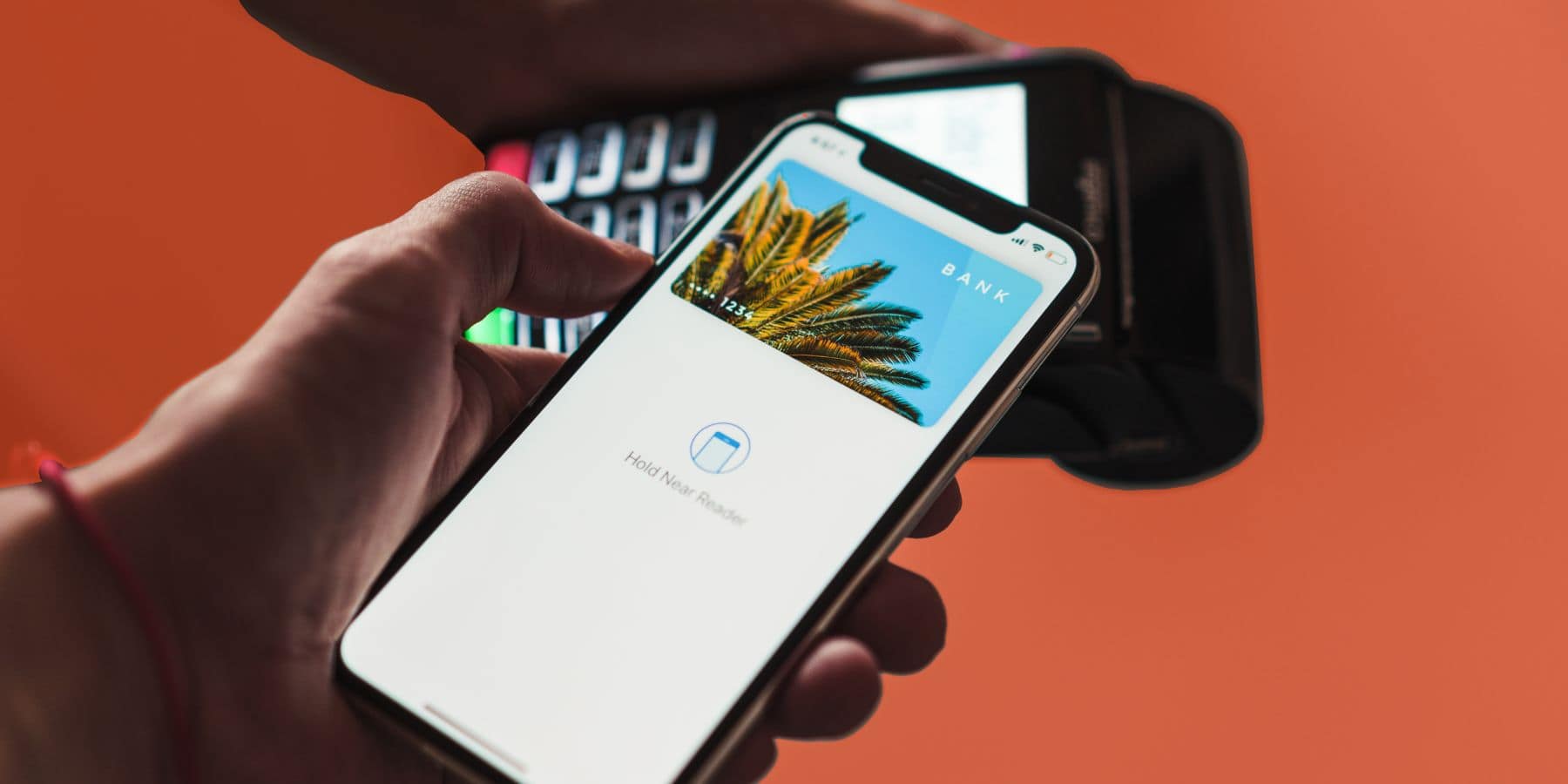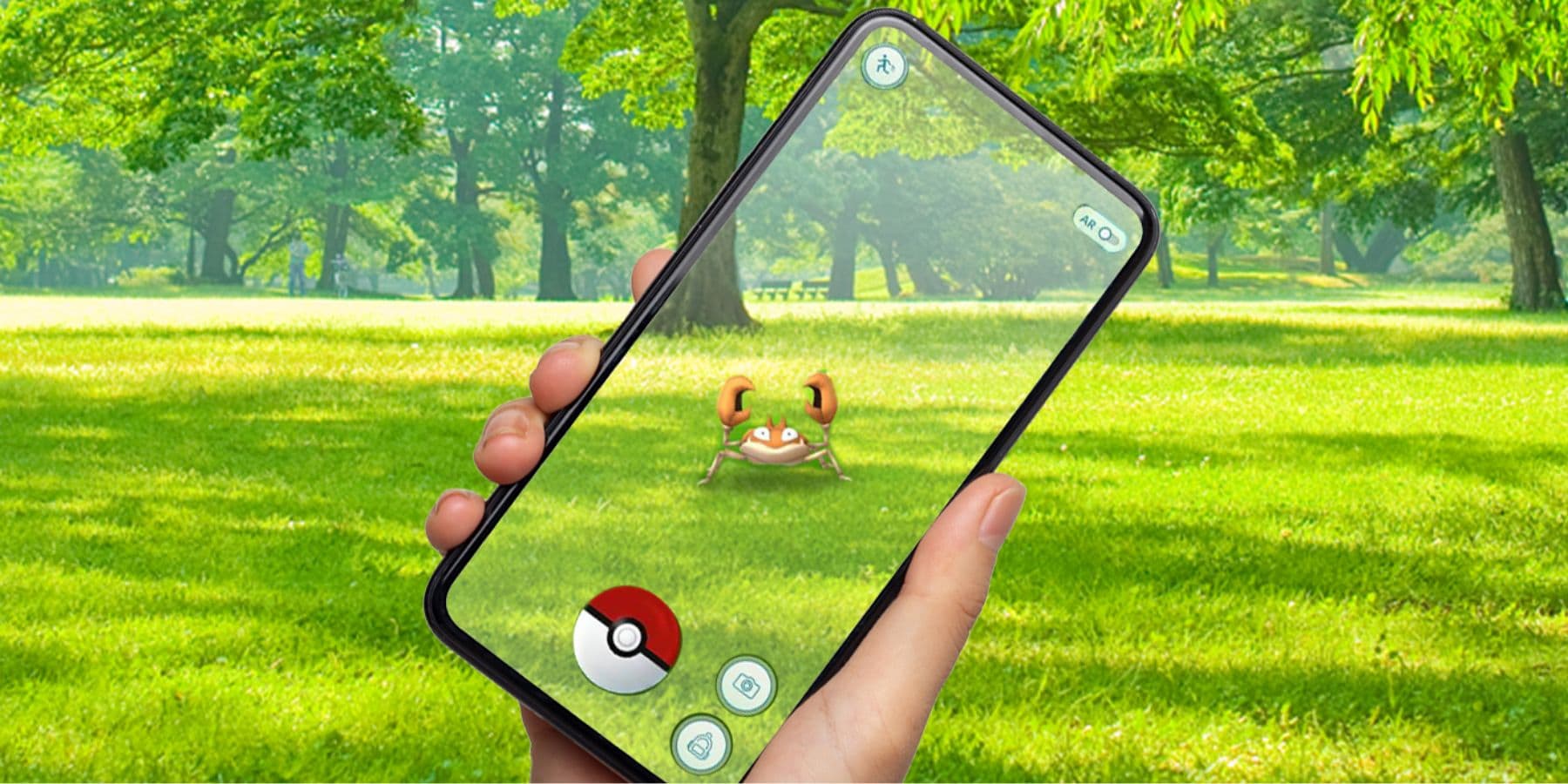When technology connects us, enables us, and entertains us, it’s wondrous. When it creates moments that are unexpectedly delightful? It’s technomagical. And that’s just the kind of moment I had when, years ago, I first started using Apple Pay. One afternoon, while paying for my daughter’s venti Strawberry Refresher with extra strawberries, lemonade instead of water, and light ice, I pulled out my phone, looked at it, and walked away from the counter.
“Wait, we have to pay!” Casey exhorted.
With a smirk, I slyly replied. “But I just did.”
While the use of Apple Pay has grown exponentially year-over-year, as a result of the COVID-19 epidemic, it is now ubiquitous. What was once a clever convenience has now met the moment of necessity. Nearly 50% of consumers have increased their use of contactless payments such as Apple Pay since the outbreak began, a trend that is expected to continue once the virus recedes.1 Not only do more and more consumers prefer contactless transactions, but many retailers, in an effort to limit person-to-person contact, require it. The cashless revolution, once science fiction fantasy, is becoming reality.

Apple Pay had been around since 2014, and it worked well enough for its first few years. When you held your phone near an Apple Pay-enabled checkout device, you could click a few buttons, enter your security code, and voila! Pay the bill. It wasn’t until the iPhone X allowed you to use facial recognition as your security code that it became truly technomagical. Now, all you had to do was click a single button on the side of your phone, look at it, and the bill is instantly paid. (And let’s be honest, 99% of us are already looking at our phones at the checkout queue anyway.) It was effortless. It was seamless. It was delightful.
When I first discovered just how delightful, I would go from store to store, hoping and expecting to be able to use it everywhere. Any time I could “pay with my face,” it made that transaction just a little more pleasurable. Any time a store wasn’t equipped for Apple Pay was a disappointment. What’s more, I was excited to show the trick to friends who’d not seen it in action.
Technomagical inventions such as this help create singular attachments to the brands that can deliver them. Anything less than paying with my face and my phone now seems tedious. In fact, Apple has transformed spending money into something completely sublime.
Other less-recent examples that come to mind are Spotify and Pokemon Go. As an avid explorer of new music, I was always frustrated by the fragmented, user-unfriendly, expensive system for finding and listening to new music. There were places to sample portions of albums, but to hear more it would cost a maddening $9.99. And if one already owned music, having to port it around between various devices and libraries was a chore.
Spotify annihilated the previous model, in a way that at the time was pure technomagic. All of a sudden, you could listen to any song on any album by any artist, anywhere and anytime you wanted to. For the cost of one album a month. It was and is a ridiculously phenomenal deal. So good, it was technomagical.
I signed up the nanosecond it was available in the U.S., and immediately shared the service with everyone I spoke with. Now my playlists are full of artists of disparate genres from countries all over the world. I’m able to explore—for basically free—as much music as I can listen to. Which is a lot. (That my wife ends up with unlimited access to Air Supply on our car rides together is a downside I’m willing to accept.) While their model is now being copied by others, I’m a loyal Spotify subscriber for life. Just like the 286 million other users whose brand loyalty helped propel the company’s stock price to all-time highs this quarter.
In the summer of 2016, for a brief moment in time, the entire world was transfixed by a single phenomenon. People young and old, men, women, children, parents, commuters hurrying down packed avenues, students bailing on classes, businessmen on lunch break – all whirling in circles, stopping on busy street corners, tapping and swiping at imaginary blips seen only on their phones. Pokemon Go was the first use of augmented reality to capture our collective imagination. We didn’t necessarily know what a Jigglypuff was. But we wanted, needed, to catch one. The communal obsession? That was nothing short of technomagical.

The craze lasted just a few months, long enough for Suzy to grow her Eevee into a Flareon, but it cemented the possibilities of AR into our consciousness. It was a technomagical summer, but the game lives on. Pokemon Go has now been downloaded an astounding 1 billion times and grossed over $3,000,000,000,000. It’s also brought the Pokemon brand to a whole other level. One where everyone – even my 75-year-old father – knows what it is.
It’s easy to imagine where the next technomagical moment might come from. But it’s hard to predict. We’ve been promised self-driving cars. Cashier-less stores. Drone delivery services. Will it be something we can already imagine, or something beyond imagining that propels the next zeitgeist? The brands that can deliver on game-changing, surprisingly delightful promises will change the way we think, feel, and act – in ways we cannot fully yet understand. At this point, we’re just waiting for our technology to catch up with our imaginations.
To paraphrase Irish poet W.B. Yeats, “The world is full of magic things, patiently waiting for our technology to grow sharper.”
1 Global Online Payment Methods 2020 and COVID-19’s Impact – Digital Payment Method Adoption Grows During the Pandemic